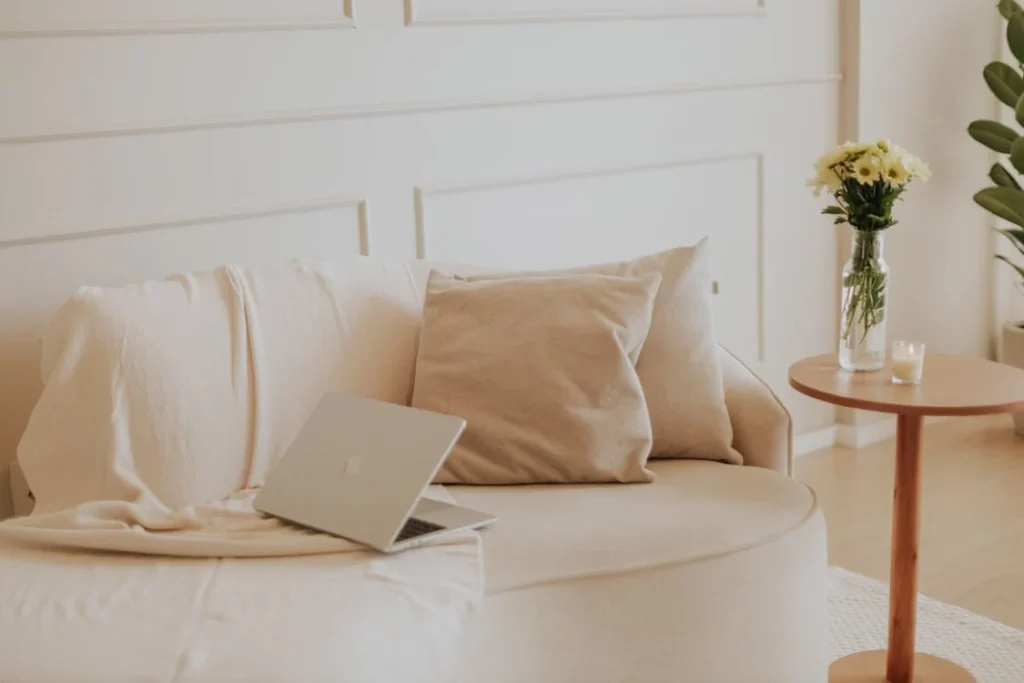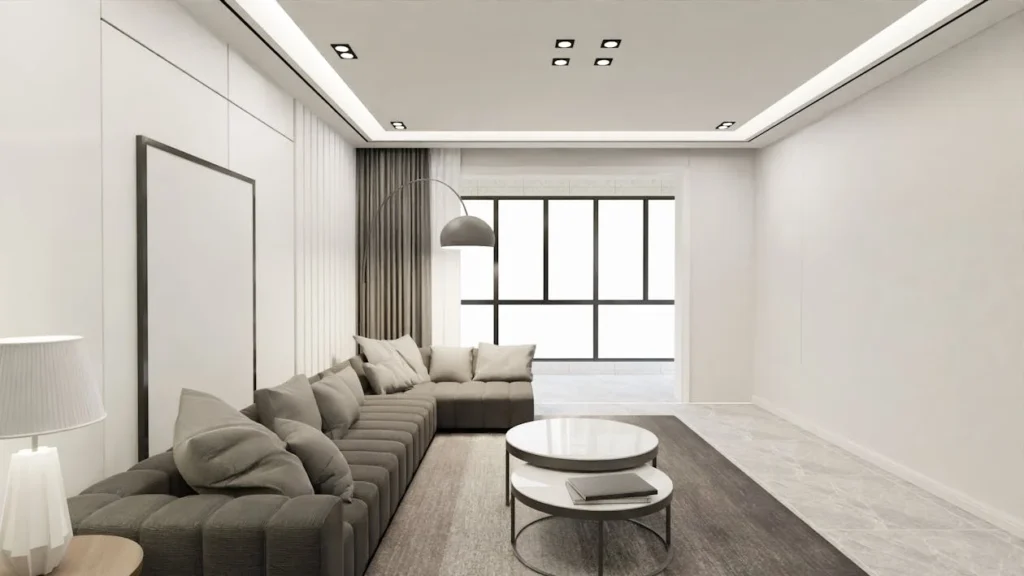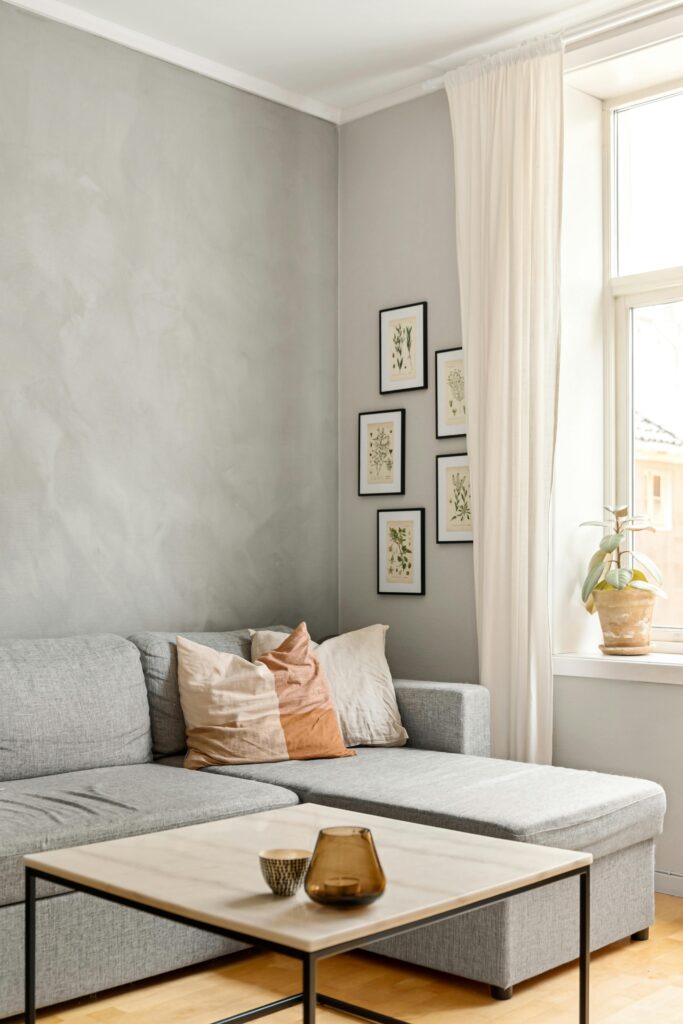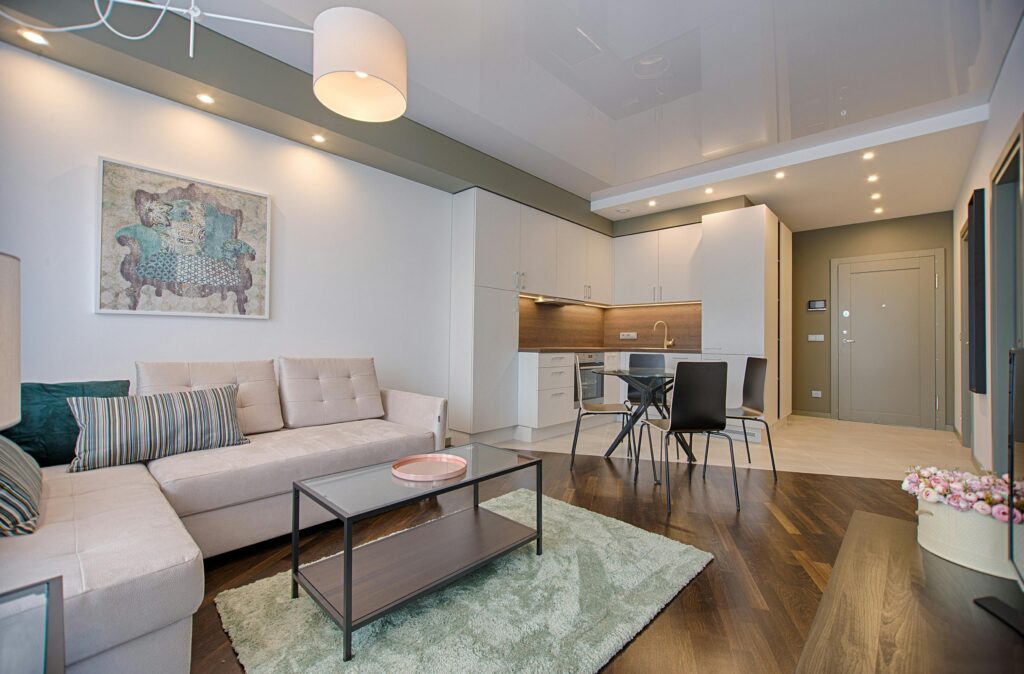In our busy lives, we hardly ever have time for ourselves or to do the things that we really desire. Throughout the day, from dawn till dusk, our agendas are filled to the brim with deadlines, chores upon chores, and never-ending duties. After a long, tiresome day like that, all we truly desire is a place where we can slow down, catch our breath, and replenish ourselves — a personal space that feels secure, warm, and soothing. But too often, our homes are just the opposite of what we require. Rather than being peaceful, they’re cluttered — stacks of stuff we don’t use, items we don’t love, and distractions that prevent us from ever truly relaxing. The good news is, your home doesn’t have to feel like that. With a few easy adjustments and intentional decisions, you can turn your home into a minimalist, warm sanctuary that recharges you every day.
Minimalist decor is not stripping your house bare or living without comfort. It’s being deliberate — only keeping the things that absolutely bring value and happiness to your life. With the right balance, you can create a space that is both calm and inviting. Let’s dive into a few classic minimalist decor tips that will help you declutter your home and make your house a cozy, stress-free sanctuary with these minimalist decor tips you can easily make your home cozy.

declutter and simplify
The process of simplifying your home starts with decluttering. The moment that your own space is crowded with things that you do not essentially need, it is creating mental tension without you even knowing it. Each drawer that is stuffed with unused things, each shelf that is filled with objects, is quietly pulling you down. Decluttering doesn’t have to be daunting. Begin small. Choose one room, one drawer, or one corner at a time. Ask yourself: Do I use this often? Do I really love this? Does it contribute to the peace and loveliness of my home? If the answer is no, it’s time to release it.
Minimalism is not about living with nothing at all. It’s about holding on to what really matters. When you release the excess, you make more breathing space — physically and mentally. Your house is simpler to clean, simpler to take care of, and immediately more relaxing. Clear out your space, and you will be amazed at how much lighter you feel.
add Neutral colors for serenity

Colors have a tremendous impact on our mood in a room. Busy, bright colors may be too much at times, but soft, neutral colors instantly produce a sense of serenity. This is why minimalist interior design tends to emphasize a neutral color palette: whites, creams, beiges, pale grays, and earthy colors. These hues leave your house airy and open yet provide you with the ability to decorate it as you desire. A beige wall may be adorned with wood furniture, a light rug, or holiday decor — without ever appearing cluttered. Neutral shades also never fall out of fashion, which is a classic choice for any house.
If you’re not ready to paint an entire room, try introducing neutral tones through textiles like cushions, rugs, or curtains. Even a small shift in color can make your home feel calmer and more cohesive.
add natural elements

One of the simplest methods of introducing warmth into a minimalistic dwelling is by linking it to nature. Plants, wood textures, and natural accents immediately mellow out a space and create a sense of cohesiveness. A few greenery plants on a shelf or near the window can entirely transform the mood of a room. Not only do they enhance the aesthetic appeal, but they also freshen up the air and your home itself. Wooden pieces of furniture, bamboo baskets, or rattan chairs also bring in a touch of natural warmth and depth into a minimalist setup.
Even subtle natural elements — such as a ceramic vase, a woven rug, or linen drapes — balance each space. Minimalist furnishing does not have to be chilly or bare; nature adds life, color, and texture in a way that feels uncomplicated but inviting.
employ soft textiles for comfort

Minimalism is sometimes mistaken for being plain or bare, but actually it can be very cozy when combined with the right fabrics. Textiles and textiles add softness to a room and create a sense of being lived in. Consider how nice a soft throw blanket is after a long day. Or how cozy a textured rug can make a plain living room. Cushions, curtains, and bedding are little things, but they make all the difference in how cozy your house feels.
The good news? You can switch out these fabrics seasonally. During summer, opt for lightweight ones such as cotton or linen, and during winter, use chunky knits or thick wool. These subtle changes make your space feel new and responsive without calling for a full overhaul.
layer warm lighting

Lighting is among the most effective means of producing a relaxing environment in your house. Bright, harsh lighting tends to feel too clinical and stressful. For a more welcoming and warm feel, use warm, soft lighting. Rather than depending entirely upon overhead lighting, experiment with layering your lighting. Place a floor lamp in a corner of your living room, a reading bedside lamp, or even some wall sconces. Yellow-toned light bulbs can make a huge impact on the sensation of a room.
Candles are another lovely means of bringing warmth and ambiance. They create an immediate sense of calm and coziness in a space, which is great for nights when you just want to unwind after a busy day.
Keep it personal but minimal
Minimalist design does not have to involve eliminating all personal touches. Your house should still be yours. The secret is to be thoughtful about what you leave on display. Rather than covering all walls with frames, choose a few special pieces of art or photos. Rather than covering shelves with a zillion souvenirs, have only a few that are truly meaningful. By being intentional about what you display, you are bringing attention to the important things and maintaining a clean environment.
That way, your home is still warm, personal, and special — but without the overwhelm of too many items vying for space.
final thoughts
Your house should be your refuge, a room in which you can retreat from the chaos of life and just unwind. Minimalist design assists you in building just that — a peaceful, warm, and tension-free space that is thoughtful and comforting.
By simplifying your space, selecting neutral hues, adding natural accents, utilizing soft fabrics, incorporating layered warm lighting, and maintaining personal accents understated, you can redesign your home as a minimalist sanctuary.
Minimalism is not a matter of living without comfort; it’s a matter of leaving space for comfort. It’s a matter of filling your space with only what you require and adore, so your home is an honest expression of calmness and simplicity.
One step at a time. Begin by cleaning one corner, painting one wall, or introducing a potted plant to your sitting room. Little by little, these tiny steps will eventually sum up to tremendous change. You’ll be back home to a space that feels relaxing, warm, and in perfect harmony with the life you desire before you even realize it.
“Minimalism isn’t just about your home — it’s also about your lifestyle. If you want to simplify your daily life, check out our guide on 10 Simple Habits for a Stress-Free Life.”
“For more inspiration, check out these minimalist home ideas from Architectural Digest.
